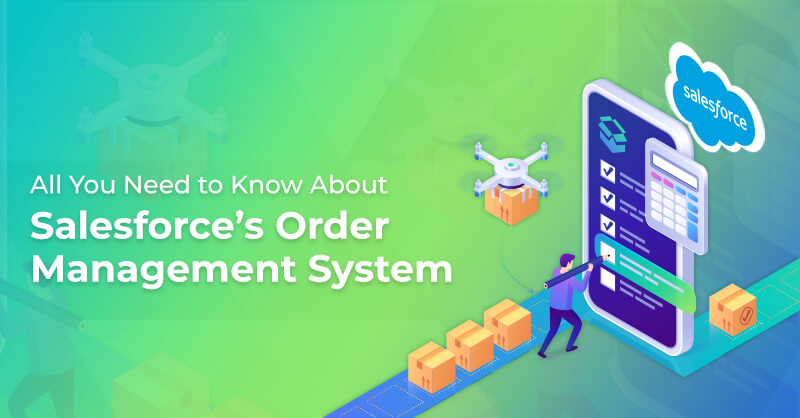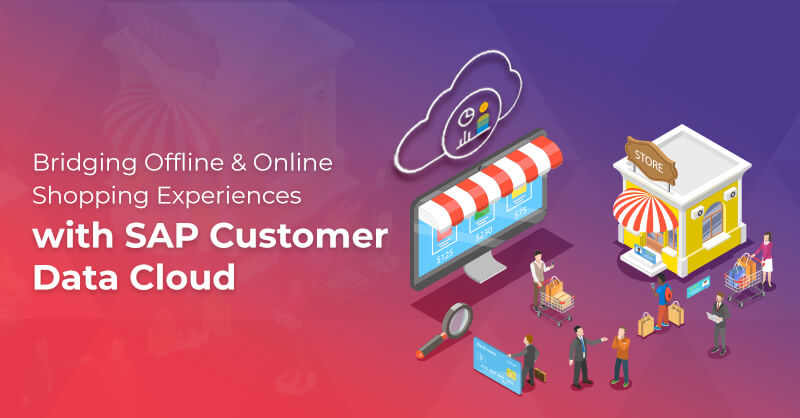Managing Complex Returns with IBM Sterling Reverse Logistics
Written by Luqman Khanzada
Java Developer OMSReverse Logistics is all about controlling the return process for your products. It helps the users check the return order information to probe returned products, figure out how the returned products should be handled, and update the customers with the essential credit return information. It is important for businesses to have a robust order management system that helps them grow and evolve as and when the company’s plan of action changes. The system should be equipped with core functionality and offer inventory management and omnichannel fulfillment to seamlessly take orders and enhance customer experience.
What is Reverse Logistics?
Reverse Logistics is the process of handling products from consumers back to manufacturers or sellers through the supply chain. In recent years, reverse logistics has become an integral part of a successful business supply chain as the customers don’t compromise on return policies. The primary objectives of reverse logistics are to recoup value and ensure repeat customers. According to a research study, only 10% of in-store purchases are returned compared to online orders, where at least 30% of purchases are returned. Many companies use reverse logistics to build customer loyalty, repeat business, and minimalize returns-related losses. Reverse Logistics is probably one of the largest consumers of logistics operating expenses of a business as it is the most time-consuming and least cost-efficient process in the entire supply chain.Areas of Opportunity in Traditional Reverse Logistics
- Manual Return Authorizations: The return authorization is done manually in traditional reverse logistics, which is inefficient in terms of time and cost. Eventually, this also results in customer dissatisfaction as a lot of time is required to process the return orders manually.
- Bound Inventory: The inventory is tied up in the return and repair process in traditional reverse logistics, which results in a significant opportunity cost as these items could be resold to other customers immediately.
- Multichannel Support: In multichannel businesses, the return processes are not cohesive and consistent in traditional reverse logistics due to different processes in each channel that cause inconsistency and customer dissatisfaction.
- Lack of Proper Tracking: The exchange and repair processes are inconvenient for many businesses as there is no comprehensive process to track and monitor the exchange or repair process. The customers also need real-time tracking of their return orders which cannot be provided in traditional reverse logistics.
- Lack of Reporting and Analytics: There are no proper reporting and analytics tools in conventional reverse logistics; therefore, identifying problematic areas and making decisions is much more complicated.
Solution
IBM Sterling OMS is a Reverse Logistics solution designed to handle the most complex return process for enterprises at a global level. It provides solutions to automate reverse logistics and ensure effective tracking of items throughout the return and repair process.
Capabilities of IBM Sterling OMS in Reverse Logistics
IBM Sterling OMS provides reverse logistics solution with many enhanced features that can automate the return process and provide efficient solutions to solve complex problems in reverse logistics. Some of the features in IBM Sterling OMS for reverse logistics include:
- Scalable Returns Processing: IBM Sterling OMS can create return orders in multiple ways. Customers can be allowed to exchange the product, give back store credit for repurchase, refund the amount or repair, and reship the order.
- Effective Tracking: IBM Sterling OMS can track return orders in real time, enabling businesses to provide their customers and partners with real-time status updates, increasing customer satisfaction.
- Closed-Loop Processing: IBM Sterling OMS provides a solution to automate the process of adding return orders to stock. Once the return order is completed, it includes the returned or repaired items in ATP calculations.
- Automated Return Authorization: IBM Sterling OMS can automate the authorization of return orders saving time and cost and enabling businesses to run more smoothly and efficiently.
- Reporting and Analysis of Return Orders: IBM Sterling OMS can provide reporting tools to analyze return orders using data, which helps businesses in decision-making and improving their services.
- Tracking Costs: The IBM Reverse Logistics solution makes tracking costs at every step of the return process easy, which can help businesses improve their processes and renegotiate their strategic partnerships.
IBM Sterling OMS Team at Royal Cyber
Implementing Order Management System and Reverse Logistics solution requires a dedicated team of professionals to analyze and understand this complicated portion of supply chain and all the complexities involved. This team of professionals should also be capable of using the IBM Sterling OMS software to analyze the processes to provide maximum value and cost savings.
Royal Cyber is an IBM Business Partner with a team of certified professionals with multiple years of experience providing IBM Sterling OMS solutions. The OMS team at Royal Cyber is highly skilled at integrating and customizing IBM OMS to meet your exact needs and deliver an efficient and consistent solution to reverse logistics. Contact us to know more on how we can help.



